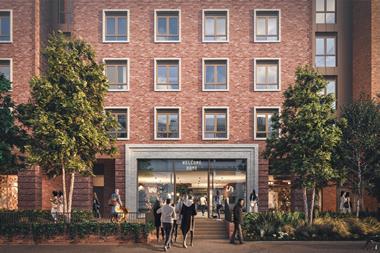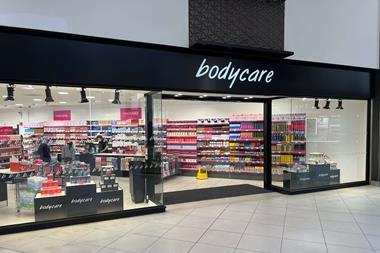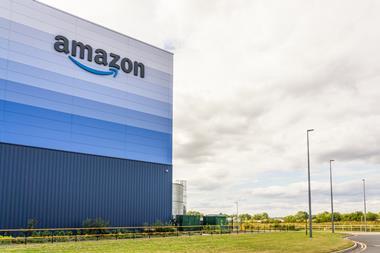The rate of growth in store vacancy rates has slowed, but that’s little consolation to those towns where nearly a third of shops are empty.
The Local Data Company’s latest research on store vacancy rates contains the good news that the rate of growth in vacancy rates has slowed, increasing from just over 12% at the end of last year to 13% this June. The slowdown reflects that there have been fewer retailers collapsing during the period, and that take up of space in the many towns in the south has picked up.
There’s not much good news for northern and midlands towns though. Of the 25 towns with the highest vacancy rates, only three - Watford, Bristol and Reading - are in the south, and they are in positions 17, 23 and 24 respectively. The furthest south location in the top ten - which is headed by Blackpool - is Wolverhampton.
There will in many cases be local factors affecting towns’ performance. Blackpool tops the table with a vacancy rate of nearly 29%, but this will have been affected by the opening of its new shopping centre. Nevertheless, the trend is undeniable, and if, as the LDC points out, public sector job cuts hit the north as badly as feared, the north-south divide in vacancy rates is probably only going to be exacerbated.
The long term trend in retail property is going to be for fewer shops, especially in secondary towns. So realistically very many of these empty shops aren’t going to be coming back into use. That means that new uses for redundant shops are going to have to be considered.
Whether that’s leisure use, housing or even community uses, surely it’s better to put the property back to worthwhile use rather than leave it sitting empty for years to come. That’ obviously not straightforward and will require co-ordination between landlords and councils, but it’s better than clinging on to an unrealistic idea that these shops will see use as shops again.


























3 Readers' comments